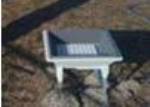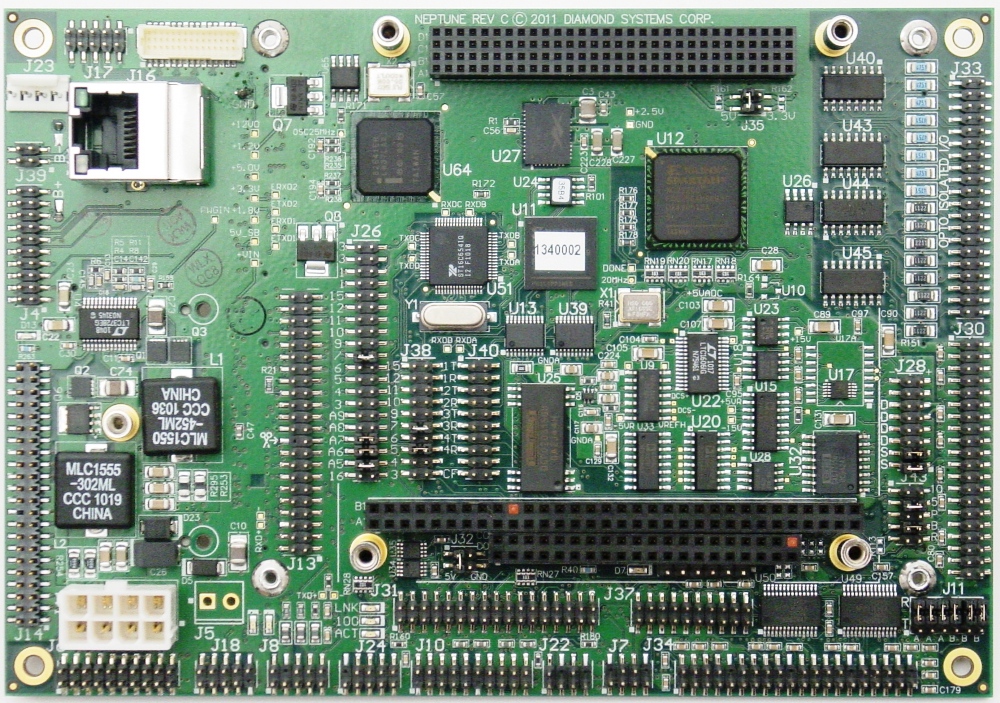Untitled Document
 For thirty years, a European manufacturer of highly advanced acoustic wind profiling systems (sodars) has used constant innovation to become the world leader in sodar systems producing smaller, more efficient, more accurate, and fully reliable instruments. These Doppler sodar systems remotely measure a vertical profile of wind speed, direction, thermal stratification, and turbulence parameters up to 3,000 meters. These instruments are ideally suited for wind energy site assessment, wind shear detection for airport safety, air pollution control, power plant site surveys, and military operations.
For thirty years, a European manufacturer of highly advanced acoustic wind profiling systems (sodars) has used constant innovation to become the world leader in sodar systems producing smaller, more efficient, more accurate, and fully reliable instruments. These Doppler sodar systems remotely measure a vertical profile of wind speed, direction, thermal stratification, and turbulence parameters up to 3,000 meters. These instruments are ideally suited for wind energy site assessment, wind shear detection for airport safety, air pollution control, power plant site surveys, and military operations.
The company’s latest wind profiler is a miniature portable acoustic instrument targeted specifically for site assessment applications. This instrument measures pressure, temperature and humidity at an average altitude of 400m at the site, and records the data for future download or transmits it to a host system. The sodar on-board electronics include a digital compass, 2D inclinometer, and both GPS and WiFi for communications. A satellite terminal, local remote control laptop and solar panel are available as add-on options.
This compact instrument consists of an electronic case and separate antenna. To ensure portability, the case weighs only 3Kg and measures 20 x 20 x 15cm. The antenna weighs 1.9Kg and measures 24 x 24 x 4cm.
The system requirements for this portable sodar included the instrumentation for data collection, data acquisition circuitry to receive and convert the analog signals, and an embedded computer to process the data, operate the on-board electronics, and communicate the results. The embedded computer needed enough CPU power to process the incoming data while simultaneously driving the test electronics. It also needed to support Linux, the incumbent operating system.
Environment, size and power considerations were also critical in the system design. As the sodar instrument is used primarily outside, it had to operate over an extended operating temperature of -40oC to +85oC with up to 100% relative humidity. In addition, because it is battery powered, all of the electronics had consume as little power as possible, and be both small and lightweight to ensure the portability of the instrument.
After evaluating several alternatives for the compute engine, Diamond Systems’ Neptune EPIC single board computer was selected as the best choice for the embedded computer. Neptune’s high integration of SBC and I/O features, including the needed data acquisition circuitry, all on a single board made it an ideal choice for this portable application. The Neptune SBC features a 1.6GHz Intel Atom N270 CPU which provided ample CPU processing power and supports the Linux operating system. Neptune also offers an optional on-board data acquisition circuitry which eliminated the need for an add-on I/O card, reducing power, size and weight of the system. Neptune also provides an on-board DC/DC power supply, allowing it to run off of battery power in the field.
 With respect to the sodar’s environmental specifications, the Neptune SBC operates over an extended operating temperature of -40oC to +85oC with an operating humidity of 90% and is highly resistant to shock and vibration. Further, Neptune is designed with a conduction cooled heatspreader which attached directly to the electronics case and provided efficient heat removal such that the entire electronics case operated at a lower temperature internally.
With respect to the sodar’s environmental specifications, the Neptune SBC operates over an extended operating temperature of -40oC to +85oC with an operating humidity of 90% and is highly resistant to shock and vibration. Further, Neptune is designed with a conduction cooled heatspreader which attached directly to the electronics case and provided efficient heat removal such that the entire electronics case operated at a lower temperature internally.
Diamond’s Neptune EPIC single board computer was an ideal choice for the portable sodar instrument and provided the customer with many benefits. An extra benefit was that Neptune can be scaled to higher performance models providing a single platform for a wide range of present and future sodar systems. The interchangeable ETX CPU module allows the customer to use the same platform in all of their equipment, and select a different CPU based on the performance requirements of a particular application.
Click here to return to the main article list.